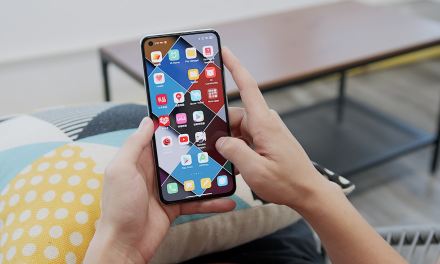In the 1960s, while getting ourselves into space, we were also starting down the single-use packaging route. Plastics were beginning to turn up everywhere, and we had scant knowledge of their effect on the biosphere.
We just thought of plastic single-use packaging as cheap and convenient. Not great for the Earth, though—so, in retrospect, it makes sense that we were looking to get off-planet.
Of course, since those heady days, it’s become clear that the more plastic we pump into the environment in the shape of trash, the worse it is for the world. It refuses to biodegrade, and it’s lethal for the animals that consume it or get stuck in it. It can enter the food chain so that we end up ingesting it ourselves.
So, to cut down on this damage, other sustainable delivery practices, including reusable takeout packaging, are being used, and we need to support these developments. Let’s look at some steps restaurant owners can take to become part of the solution.
-
Identify applicable sustainable packaging solutions
The good news is that restaurant owners can try several sustainable packaging options. Some of them are as old as the hills, like paper and card, and are affordable to make and recyclable. (But, any waterproofing added may complicate this–check with your local recycling facilities.)
Paper isn’t the universal answer. The other (and far better) route is to encourage reuse. Again, this is a tried-and-tested path: Indians have enjoyed tiffin tins’ benefits for hundreds of years.
If a culture has become used to throwaway packaging, it can be a tricky shift to make. It’s challenging but not impossible.
-
Consider existing designs integrating more eco-friendly materials
You’ll no doubt have seen the rise in reusable coffee cups. Now enormously popular, they were overwhelmingly plastic when they first appeared. What’s more, other materials are currently being explored.
For instance, if we use reusable cups made from a sustainable material such as bamboo, so much the better. Disposable cartons are often now made from plant-based and degradable plastics
-
Assess according to cost-effectiveness and practicality
Some materials will never work out due to being too expensive or unsuited to the task. For instance, 100% organic linen bags are great for the environment, but they will cost a business a great deal to use across their food operation. They’re also not ideal for liquids.
Consider the cost of disposing of single-use plastics in financial calculations. Not just the cost to the planet but the cost to the business when stricter regulations inevitably come into play. It makes sense to be ahead of the statutory curve rather than frantically trying to catch up.
-
Seek viable partnerships with vendors offering sustainable options
Have a look at what other vendors are doing in your operational area. Have they got some tremendous reusable takeout packaging ideas going on?
Perhaps they have a deposit scheme that incentivizes bottle or container return, for instance. If so, connect with them and see how to start a delivery operation together.
-
Ensure compliance with functionality and safety standards
Of course, any eco-friendly packaging solutions need to comply with relevant standards. So, when assessing packaging alternatives, please look at the local authority’s compliance credentials. It shouldn’t surprise anybody that food packaging has to be safe. There needs to be evidence of testing to ensure no hazardous materials are within.
-
Educate customers and staff about the eco-friendly transition
Education is crucial in raising awareness about the environment and climate change. Information on a restaurant’s website and in advertising will help people understand why things must change. Staff also have an essential role here, so they’re clued up and on side.
With higher staff involvement, you can also look at reducing waste in other areas of your business. It has become increasingly common for restaurants to go paper-free by using online systems, like online billing software that eliminates paper records to kitchen management systems and handheld order-taking devices that reduce errors and the need for paper.
-
Provide clear instructions for recycling and composting
This one’s easy. Restaurants can put instructions on the side or the bottom of the packaging. Perhaps also have delivery drivers mention to customers that the packaging is recyclable or compostable.
Again, don’t take the nagging route here. It’s important to get the tone right. We’re all in this together, and nobody’s judging.
-
Continuously explore new and innovative sustainable options
It’s important to keep an eye on developments to stay relevant. Things are changing very fast in the eco-friendly and reusable takeout packaging sphere. There may be more affordable alternatives present themselves, which will mean good news for the planet and your bottom line.
Of course, new materials will often mean new manufacturing processes and new manufacturing software systems, and these costs may be initially passed on to restaurant owners. But remember that many of these processes will gradually become the industry standard, meaning the price will lower as an economy of scale kicks in. It’s all about the long-term thinking.
Repackage, Reuse, and Reform
When it comes to single-use containers, there’s a massive role for sustainable materials and compostable packaging to play. They’re convenient and require relatively little consumer behavior change.
The most environmentally friendly food packaging solution is to adopt reusable container systems. However, getting consumers to understand the reusable items procedure may take some work. Container deposit schemes may have a part to play here.
These and other practices aimed at reducing the disposable container waste mountain are sensible in the face of the climate crisis, and restaurants can help to make a world of difference.
……….
Subscribe to the Seamless Xtra weekly NEWSLETTER
See our latest daily updates on LinkedIn
Image: Naji Haddad, MENA General Manager at Deliverect
……….










